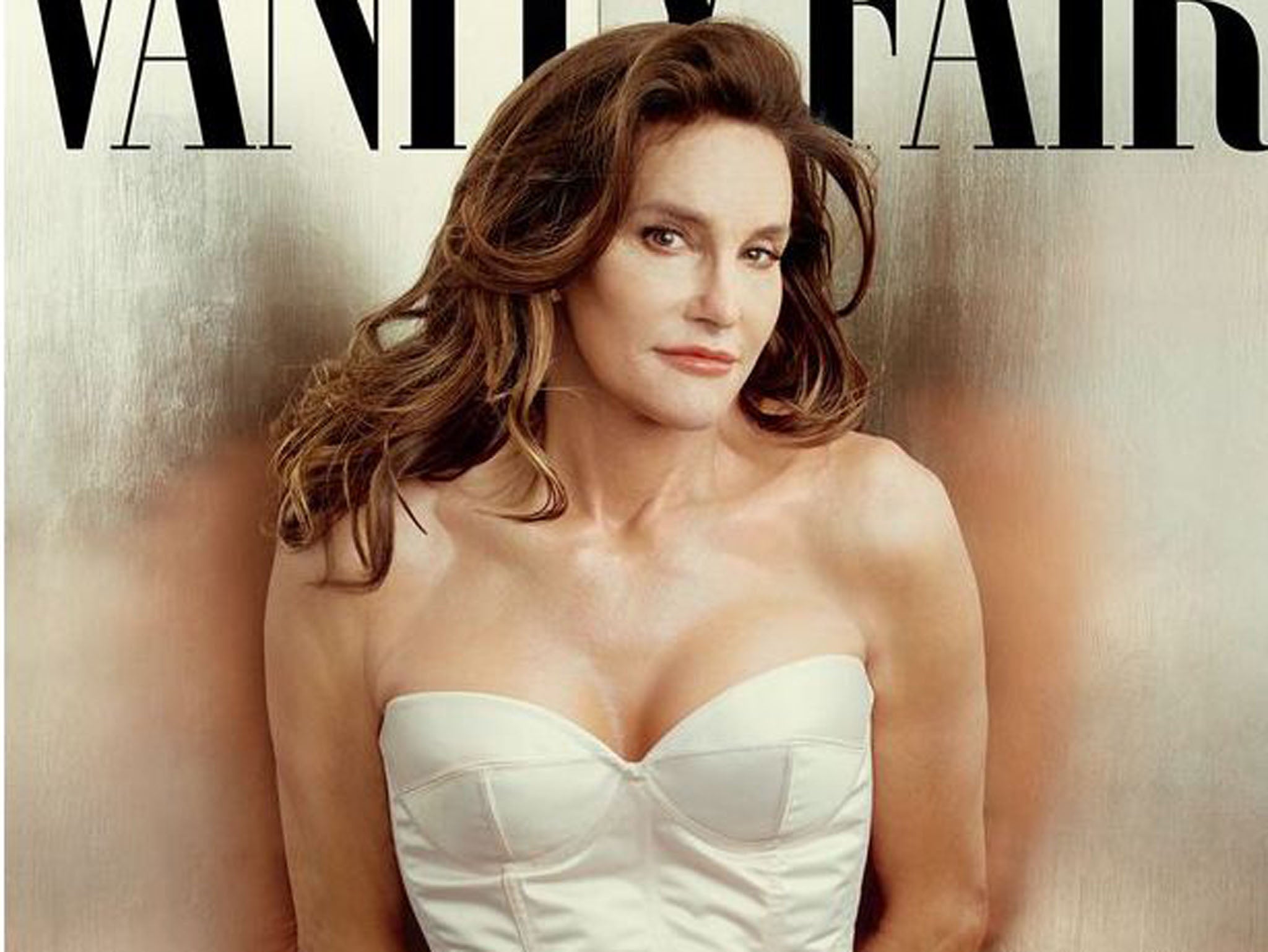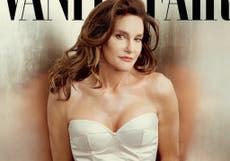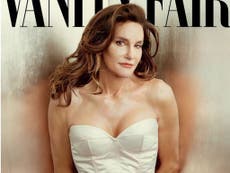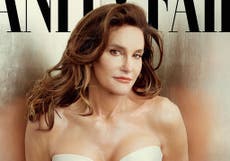The Independent's journalism is supported by our readers. When you purchase through links on our site, we may earn commission.
Caitlyn Jenner's first shoot is a victory - but is this really best version of femininity we can aspire to?
Jenner’s pose is reminiscent of a pin-up Marilyn: bust out, legs demurely crossed, head tilted to one side


Yesterday Caitlyn Jenner looks to have got closer to “breaking the internet” than her stepdaughter Kim Kardashian ever could. Jenner’s new Twitter account hit a million followers within four hours of being created, and the first images showing her as a fully transitioned woman were shared across the word.
The visibility that Jenner has given the trans community is unparalleled, and could not have come at a better time, but that Vanity Fair cover will now be forefront in people’s minds when thinking about the portrayal of trans people in the media, and that’s a step back for gender equality.
Prior to her transition, when Jenner was shown on the cover of thousands of publications around the world as a man, she was portrayed as a vision of victory, strength and power. More recently, since she decided to move from the world of Olympic athleticism to that of reality TV, she was shown as a family man, the tabloids hanging on her every appearance in E!’s Keeping Up With The Kardashians.
The difference now is startling. In her first cover shoot as Caitlyn, Jenner is shown in lingerie which exposes her breasts, arms and legs. Her skin has a poreless, airbrushed quality, her hair in sleek-yet-dishevelled curls to frame come-hither eyes - the ubiquitous female facial expression most often depicted in everything from magazine covers to perfume ads and movie posters.
Jenner’s pose is reminiscent of a pin-up Marilyn: bust out, legs demurely crossed, head tilted, and arms out of sight in the ultimate sign of submission. The backdrop to the image is even coloured in such a way that her toned arms seem to fade into the background, ceasing to exist as part of her body - because pretty women don’t need to be portrayed as complete, authentic human beings, but rather objects of heterosexual male desire, with typically lusted-after features prominent and everything else blended away.
It is understandable that in her first shoot as a fully-transitioned woman Jenner would want to appear as feminine as possible, but why do we impose such a narrow standard of femininity?
Monica Prat is a “feminine image consultant” who works with trans women (the ones who can afford it) to help them conform to society's exacting standards. An interview with New York Magazine explains: “She teaches her clients not just the obvious mannerisms of femininity [...] but the ones that operate on a more subconscious level: Women use more words to express the same ideas, they use more colorful language, they open their eyes more when they speak, they smile more, they lean forward more, they touch their faces, they touch each other, they keep their elbows closer to their bodies and take up less space in a room and apologize more and preface their opinions with qualifiers and are more likely to let themselves be interrupted.”
It seems baffling that in the same breath that we are promoting a progressive attitude towards the trans community, we are also condoning the reactionary and patriarchal portrayal of women - are these outdated ideals really still upheld as the best version of femininity we can aspire to? Is looking pretty the best we can hope for?
Caitlyn Jenner, along with any other cis- or trans-woman, should be encouraged to express herself in whichever way she feels comfortable, whether that’s on the cover of a magazine or not. But when men are celebrated for their achievements and strength, surely at some point we should start seeing women in the media as something more than a pretty picture to look at, especially women like Caitlyn who are playing such a huge part in a shift in perception of the LGBT communities.




Join our commenting forum
Join thought-provoking conversations, follow other Independent readers and see their replies